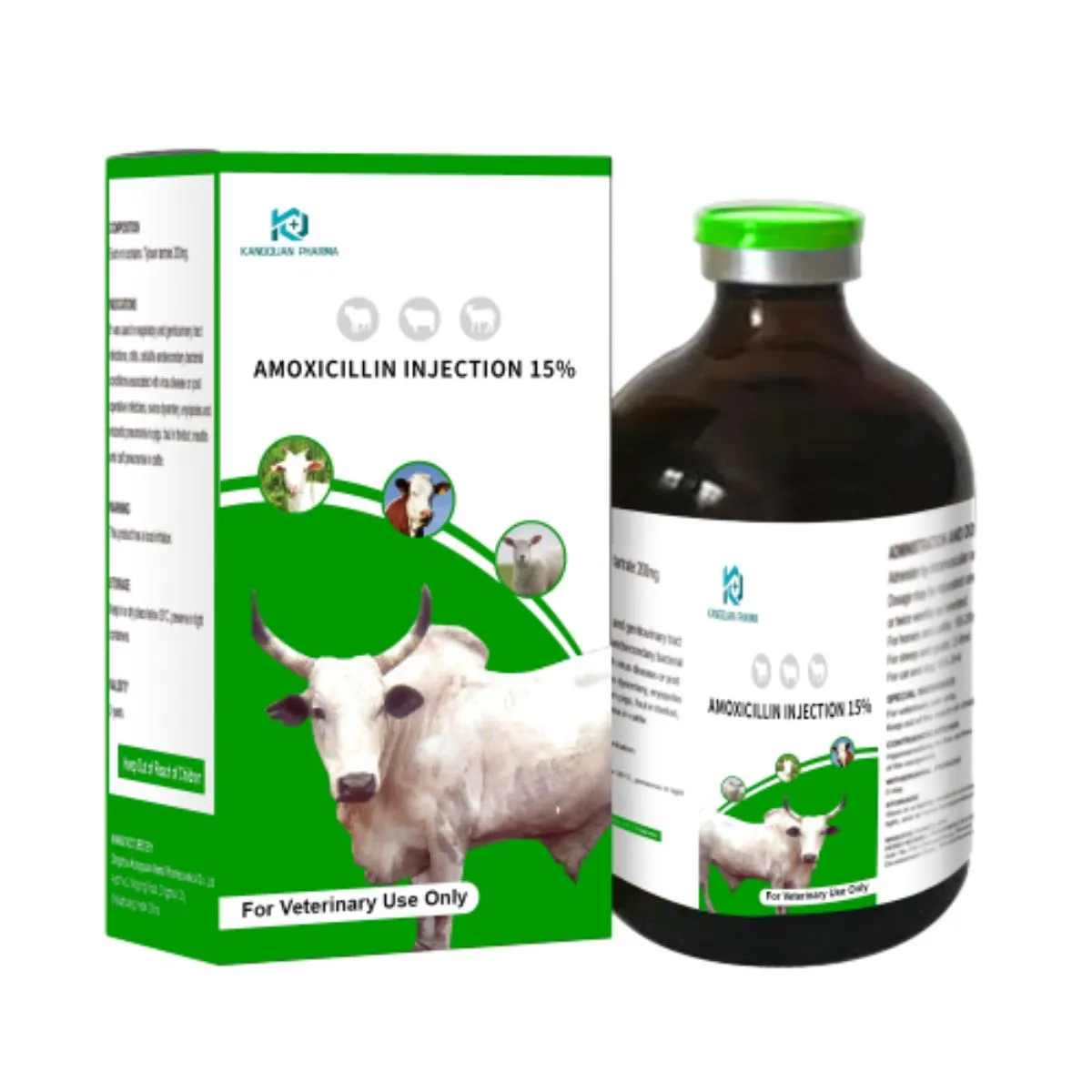- Afrikaans
- Albanian
- Amharic
- Arabic
- Armenian
- Azerbaijani
- Basque
- Belarusian
- Bengali
- Bosnian
- Bulgarian
- Catalan
- Cebuano
- Corsican
- Croatian
- Czech
- Danish
- Dutch
- English
- Esperanto
- Estonian
- Finnish
- French
- Frisian
- Galician
- Georgian
- German
- Greek
- Gujarati
- Haitian Creole
- hausa
- hawaiian
- Hebrew
- Hindi
- Miao
- Hungarian
- Icelandic
- igbo
- Indonesian
- irish
- Italian
- Japanese
- Javanese
- Kannada
- kazakh
- Khmer
- Rwandese
- Korean
- Kurdish
- Kyrgyz
- Lao
- Latin
- Latvian
- Lithuanian
- Luxembourgish
- Macedonian
- Malgashi
- Malay
- Malayalam
- Maltese
- Maori
- Marathi
- Mongolian
- Myanmar
- Nepali
- Norwegian
- Norwegian
- Occitan
- Pashto
- Persian
- Polish
- Portuguese
- Punjabi
- Romanian
- Russian
- Samoan
- Scottish Gaelic
- Serbian
- Sesotho
- Shona
- Sindhi
- Sinhala
- Slovak
- Slovenian
- Somali
- Spanish
- Sundanese
- Swahili
- Swedish
- Tagalog
- Tajik
- Tamil
- Tatar
- Telugu
- Thai
- Turkish
- Turkmen
- Ukrainian
- Urdu
- Uighur
- Uzbek
- Vietnamese
- Welsh
- Bantu
- Yiddish
- Yoruba
- Zulu
8 月 . 09, 2024 02:30 Back to list
Exploring the Antimicrobial Properties and Applications of Sulfaquinoxaline Sodium in Veterinary Medicine
Sulfaquinoxaline Sodium An Overview
Sulfaquinoxaline sodium, a sulfonamide antibiotic, plays a significant role in veterinary medicine, particularly in the treatment of coccidiosis—a parasitic disease that predominantly affects livestock and poultry. The compound is recognized for its ability to inhibit bacterial growth and has been extensively utilized in the prevention and control of infections in various animal species.
Chemical Structure and Properties
Sulfaquinoxaline sodium is a synthetic derivative of sulfanilamide. Its chemical formula is C14H12N4O2S.Na, which indicates that it contains a sulfonamide moiety critical for its antimicrobial action. The sodium salt form enhances its solubility, making it more suitable for intravenous or oral administration in animal treatments. This solubility is an essential characteristic, allowing for easy formulation into various medicinal preparations.
Mechanism of Action
The primary mechanism of action of sulfaquinoxaline sodium involves the inhibition of folic acid synthesis in bacteria. Folic acid is vital for bacterial growth and replication, as it is involved in the synthesis of nucleic acids. Sulfaquinoxaline mimics para-aminobenzoic acid (PABA), a substrate needed for folic acid production, thus acting as a competitive antagonist. By blocking the production of folic acid, sulfaquinoxaline effectively curtails the growth of susceptible organisms, making it an effective antibacterial agent.
Therapeutic Uses
In veterinary medicine, sulfaquinoxaline sodium is widely employed to treat infections caused by susceptible strains of bacteria and protozoa. Its most prominent use is in the treatment and prevention of coccidiosis, particularly in poultry and swine. Coccidiosis is caused by protozoan parasites of the genus Eimeria, leading to severe gastrointestinal distress and significant economic losses in livestock industries. Sulfaquinoxaline sodium helps to manage this disease by reducing the severity of symptoms and improving overall animal health.
sulfaquinoxaline sodium

Additionally, sulfaquinoxaline sodium is effective against a range of other infections, including respiratory and enteric diseases
. It is often used in combination with other therapies to enhance efficacy and broaden the spectrum of action against multiple pathogens.Dosage and Administration
The dosage of sulfaquinoxaline sodium varies depending on the species of animal being treated, the severity of the infection, and the specific condition being addressed. It is typically administered orally, although injectable forms are also available. Veterinarians calculate dosages carefully to ensure both efficacy and safety, as improper use can lead to resistance development in bacteria.
Safety and Side Effects
While generally considered safe for use in animals when administered correctly, sulfaquinoxaline sodium can cause adverse effects in some cases. Potential side effects may include allergic reactions, gastrointestinal disturbances, and, in rare cases, hematological abnormalities. Responsible usage, including adhering to recommended withdrawal periods before animals are slaughtered for human consumption, is critical to ensuring food safety and minimizing the risk of antimicrobial resistance.
Conclusion
Sulfaquinoxaline sodium remains a vital tool in veterinary medicine, particularly for managing coccidiosis and other bacterial infections in livestock and poultry. Its effectiveness, combined with a well-understood mechanism of action, solidifies its place in animal health. However, ongoing education and research are necessary to optimize its use, minimize resistance, and ensure that it continues to benefit animal welfare and production efficiency in the agricultural sector. With the challenges posed by emerging infectious diseases and antibiotic resistance, sulfaquinoxaline sodium's role is more critical than ever in maintaining healthy livestock populations.
-
The Power of Radix Isatidis Extract for Your Health and Wellness
NewsOct.29,2024
-
Neomycin Sulfate Soluble Powder: A Versatile Solution for Pet Health
NewsOct.29,2024
-
Lincomycin Hydrochloride Soluble Powder – The Essential Solution
NewsOct.29,2024
-
Garamycin Gentamicin Sulfate for Effective Infection Control
NewsOct.29,2024
-
Doxycycline Hyclate Soluble Powder: Your Antibiotic Needs
NewsOct.29,2024
-
Tilmicosin Premix: The Ultimate Solution for Poultry Health
NewsOct.29,2024













